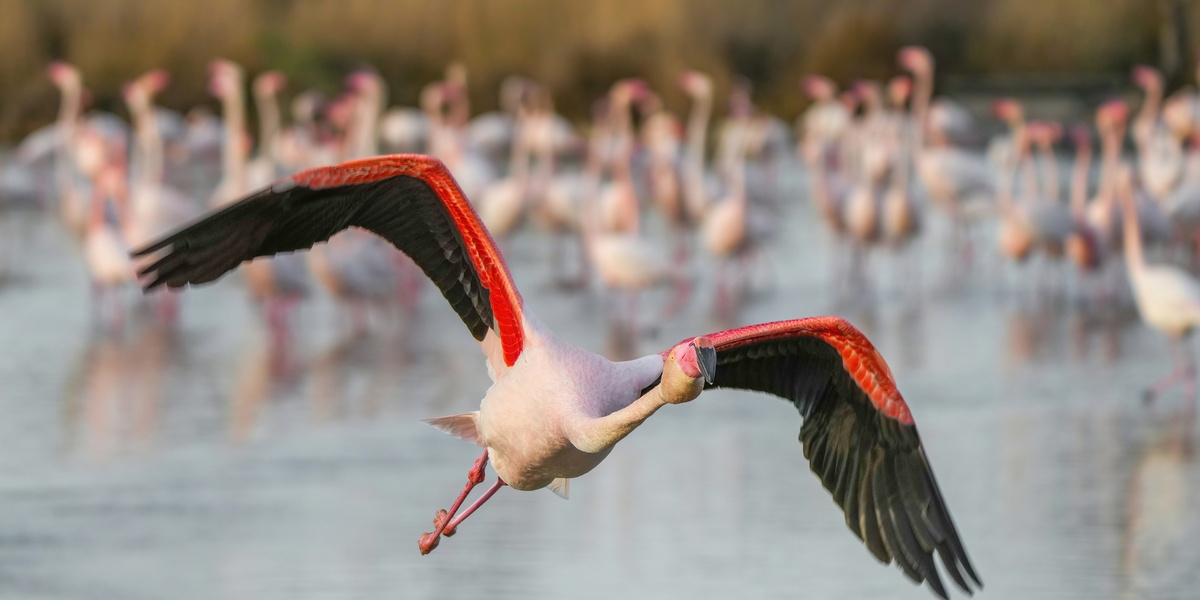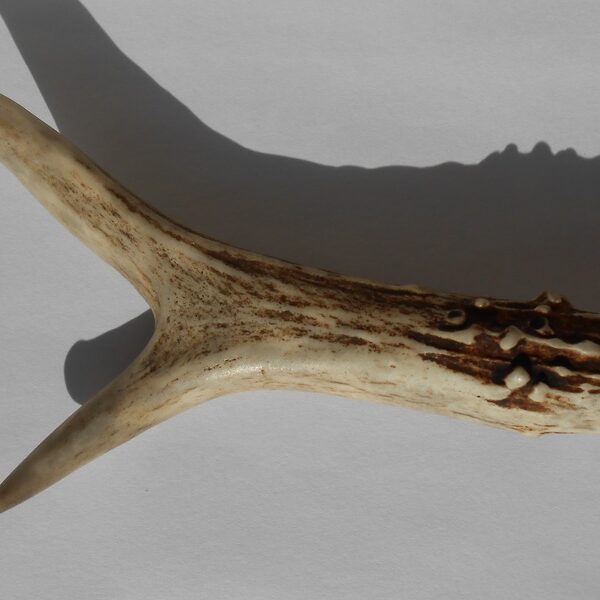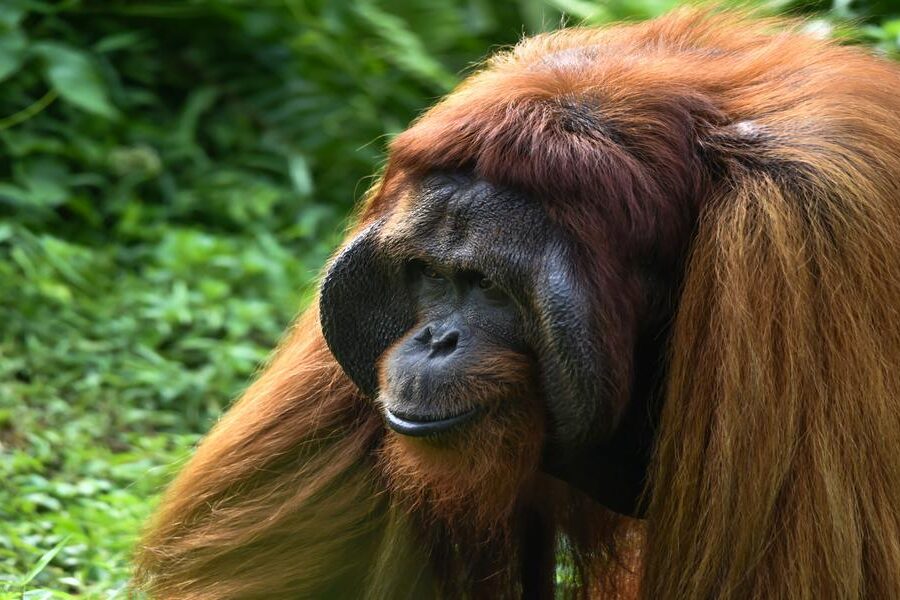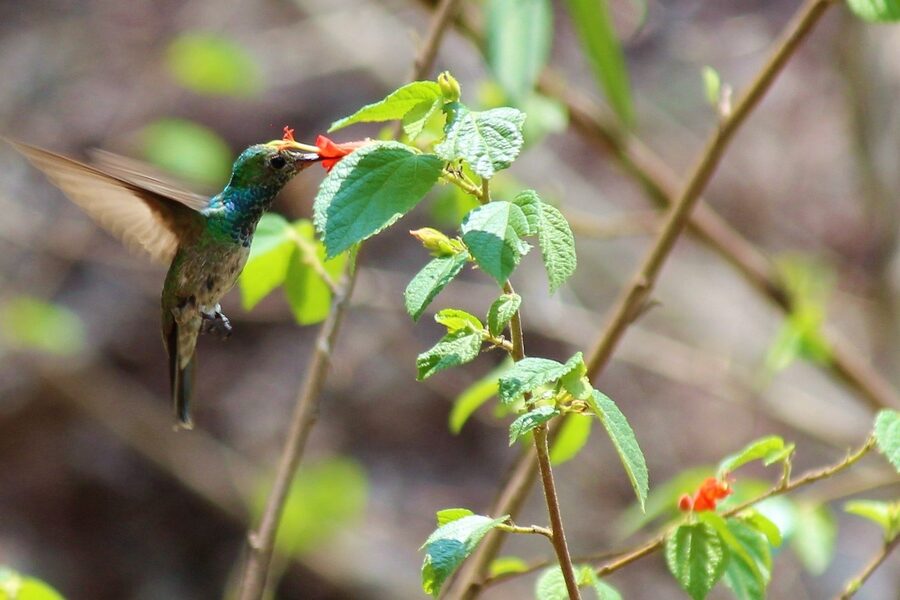In 1996 and again in 2006, conservationists moved a small number of brown bears into the French Pyrenees — a controversial action that forced the country to reckon with how it values wild animals.
That episode still says a lot about why the fauna of France matters beyond holidays and photo ops. Metropolitan France stretches from the high Alps and volcanic Massif Central to coastal marshes, and when you include overseas departments and territories the country manages an Exclusive Economic Zone of about 11 million km² — a marine realm that dramatically expands its natural heritage.
Conservation choices here shape local livelihoods, rural traditions and international commitments. Below are 12 Examples that together illustrate the variety — big carnivores and secretive forest hunters, migratory birds and coastal mammals, and tiny invertebrates that keep ecosystems running. Each profile notes where you can see these species, the practical conservation measures in use, and why communities care.
Forest and Mountain Mammals
France’s mountain ranges — the Alps, Pyrenees and Massif Central — plus extensive woodlands, act as refuges for large mammals and elusive predators. Habitat diversity across those ranges supports species adapted to steep slopes, old-growth forest and alpine pastures.
Conservation here combines protections, reintroductions and conflict management. The 1996 and 2006 Pyrenean brown bear translocations remain a touchstone: they highlighted compensation schemes for livestock losses, changes in shepherding practice, and heated local debate over human-wildlife coexistence. Protected areas such as Mercantour National Park provide core habitat, while ecotourism offers new incomes where tracking and camera-trap tourism is possible.
1. Eurasian Lynx (Lynx lynx)
The Eurasian lynx is one of France’s most iconic forest predators, largely nocturnal and elusive.
Populations are scattered in the Jura, Vosges and parts of the Alps; numbers remain modest but monitoring shows local recoveries in some areas. Camera-trap studies and tracking projects in the Jura and Vosges help map territories and detect cubs, while regional monitoring informs management of ungulate populations.
As a mesopredator the lynx helps control roe deer and red deer numbers, which has practical consequences for forestry and hunting managers. Sightings draw wildlife photographers and form the basis for guided wildlife tours, so conservation and local economies can align around careful monitoring and disturbance minimization.
2. Pyrenean Brown Bear (Ursus arctos pyrenaicus)
The Pyrenean brown bear has become a symbol of wider debates about rewilding and coexistence.
Two translocation efforts brought a few bears from Slovenia in 1996 and 2006 to bolster an extremely small local population. The goal was to restore a native presence, but the moves prompted strong reactions—supporters praised biodiversity gains, while some rural communities worried about livestock losses and tourism impacts.
Managers responded with practical steps: shepherd compensation programs, reinforced night-time corrals, and targeted outreach to reduce conflicts. Pyrénées National Park is a focal area for monitoring, and while the population is small and slowly increasing, the bear remains an emblem of the trade-offs inherent in modern conservation.
3. European Wildcat (Felis silvestris)
The European wildcat persists in French woodlands and hedgerows as an important native small predator.
Strongholds occur in southwestern France and in pockets of mixed deciduous forest. Its main threat is hybridization with free-roaming domestic cats, so conservation emphasizes genetic monitoring and measures to reduce feral cat numbers near key sites.
Wildcats help control rodent populations and act as indicators of intact woodland ecosystems. Regional conservation programs use camera traps, targeted surveys and public education to limit hybridization and support habitats that sustain this shy species.
Birds of Fields and Skies
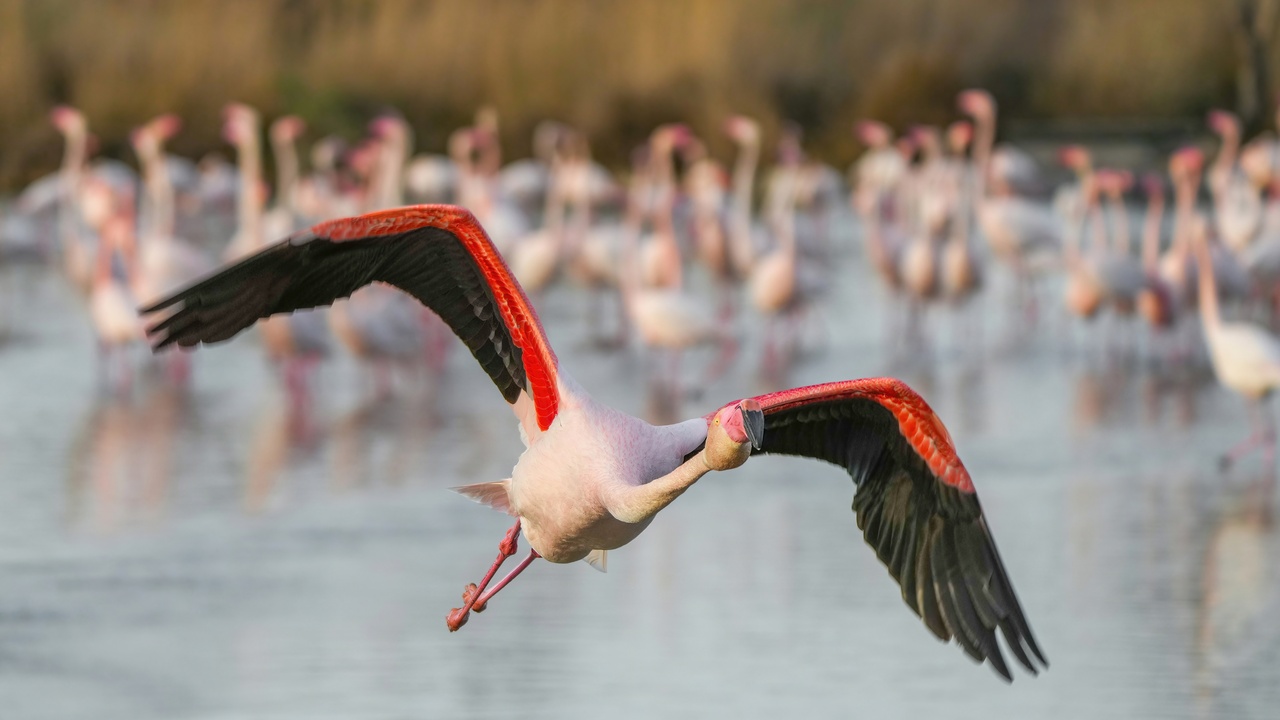
France records several hundred recorded species of birds that use wetlands, agricultural plains, coasts and mountains. The country sits on important migratory corridors linking northern Europe with Africa and the Mediterranean.
There are clear conservation wins — white storks have returned to many Alsace villages through nest protection — and ambitious reintroductions such as the bearded vulture in the Alps. Wetland stopovers like the Camargue and Loire marshes are vital staging grounds for migrants, and monitoring there supports both conservation and birdwatching economies.
4. White Stork (Ciconia ciconia)
The white stork is culturally iconic in eastern France, especially in Alsace where nests sit atop chimneys and poles.
Populations recovered thanks to nest-protection programs, volunteer monitoring and community engagement. Strasbourg-area initiatives involve local groups who maintain nest platforms, record breeding success and run educational events that tie bird return to regional identity.
Those efforts not only help the species but feed ecotourism: festivals and guided nest-watching attract visitors and create incentives to keep nesting sites safe from disturbance.
5. Bearded Vulture (Gypaetus barbatus)
Once extirpated from much of western Europe, the bearded vulture has made a dramatic comeback in parts of the Alps through captive-breeding and release programs.
These large scavengers play a specialized role, breaking bones to access marrow and cleaning carrion from high mountain slopes. Reintroduction timelines are best described qualitatively: sustained releases followed by careful monitoring have led to established territories in the French Alps.
Conservation relies on cross-border cooperation, anti-poisoning campaigns and park-based visitor education that highlights the species’ ecological role and the care needed to maintain safe foraging sites.
6. Common Crane (Grus grus)
Common cranes pass through France on seasonal migrations and use wetlands as key stopover sites.
Notable staging areas include the Loire Valley and the Camargue, where large numbers rest and feed during migration. Those concentrations make cranes excellent ambassadors for wetland conservation.
Wetland restoration benefits cranes and many other species, and local guides and festivals centered on crane-watching demonstrate how healthy wetlands support both biodiversity and rural economies.
Marine and Coastal Life
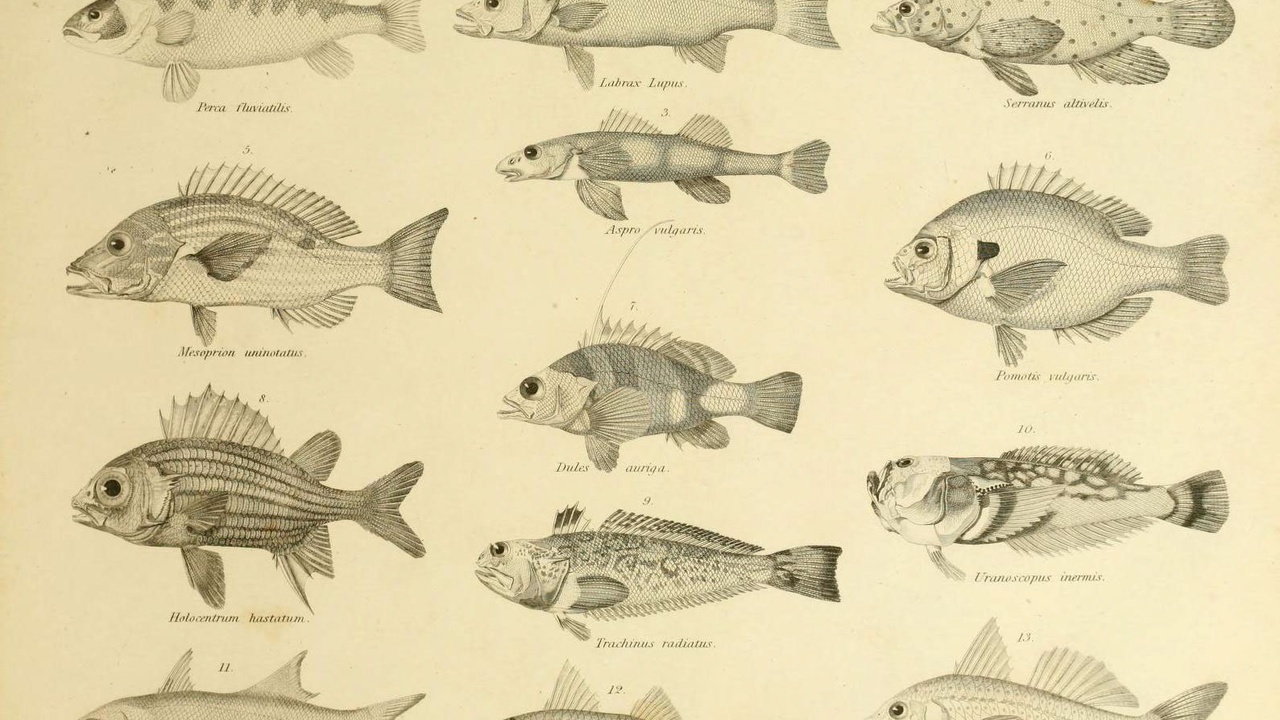
France’s long coastline and the large EEZ of about 11 million km² support diverse marine fauna from the Atlantic to the Mediterranean and across overseas seas.
Coastal habitats — estuaries, rocky shores and seagrass beds — sustain dolphins, commercially important fish and shellfish. Marine protected areas such as Port-Cros National Park play an important role, while fisheries management, stranding networks and citizen science contribute to monitoring and conservation.
Balancing fishing, tourism and habitat protection is a constant task, but the sheer scale of France’s maritime responsibilities means marine biodiversity is central to national conservation planning.
7. Bottlenose Dolphin (Tursiops truncatus)
Bottlenose dolphins frequent French coastal waters, with reliable sightings off Brittany and around island archipelagos.
Regular sightings and strandings provide data used by regional research networks, and the species serves as a charismatic focal point for public engagement. Stranding response teams and volunteer networks collect valuable information about health and threats.
Responsible whale- and dolphin-watching operators, along with clear viewing guidelines, support tourism while minimizing disturbance. Citizen-science sighting reports also feed into seasonal maps of hotspot areas in Normandy and Brittany.
8. Mediterranean Grouper and Posidonia Habitat
In the Mediterranean, species such as groupers rely on Posidonia oceanica seagrass meadows that act as nurseries for juvenile fish and as long-term carbon stores.
Seagrass meadows decline from anchoring, coastal development and warming waters, so marine protected areas like Port-Cros use no-anchoring zones and monitoring to protect these habitats. Healthy meadows benefit fisheries by supporting young fish and by stabilizing sediments.
Local fisheries management that combines MPA rules and outreach helps both biodiversity and coastal communities, and site-level protections in the Pelagos and coastal MPAs illustrate how habitat measures translate into tangible fisheries gains.
9. Atlantic Shellfish (Scallops and Oysters)
Scallops and oysters are central to coastal economies and culinary culture, especially in Brittany and along the Bay of Mont-Saint-Michel.
These fisheries combine seasonal wild harvests and aquaculture, and their productivity depends on healthy mudflats, estuaries and good water quality. Local cooperatives and farms in Brittany maintain quality-monitoring programs and seasonal closures to protect stock and food safety.
Efforts to restore and protect estuarine habitats benefit shellfish beds, support local employment and safeguard traditional coastal ways of life that have persisted for generations.
Reptiles, Amphibians, and Invertebrates
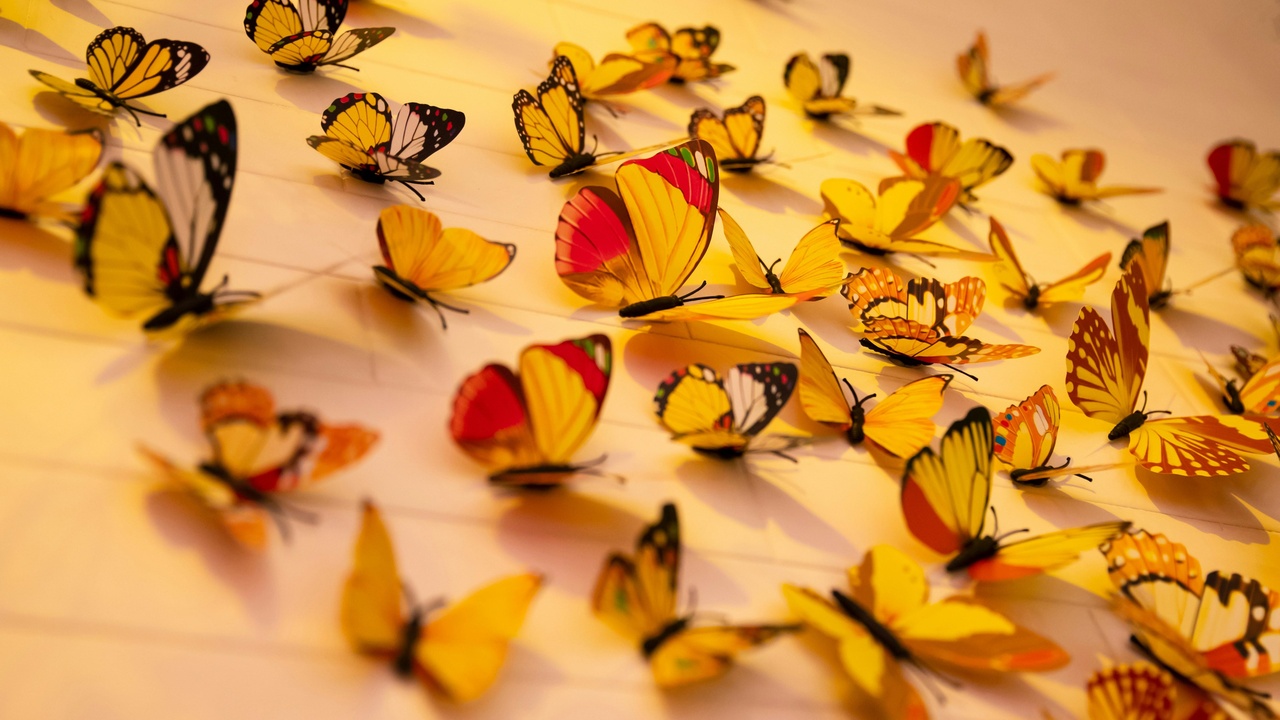
A lot of France’s biodiversity lives in smaller bodies: amphibians, reptiles and a huge diversity of invertebrates. Many of these species are locally endemic or sensitive to land-use change.
Conservation often focuses on protecting wetlands, restoring meadows and maintaining hedgerows and pond networks. Those actions benefit the great crested newt, European pond turtle and a host of pollinators; small-scale projects led by volunteers have outsized conservation returns.
Because these taxa are indicators of habitat quality, their presence or absence signals the wider health of landscapes that people rely on for clean water, flood buffering and productive farmland.
10. European Pond Turtle (Emys orbicularis)
The European pond turtle plays a quiet but important role in freshwater ecosystems and has a patchy distribution in southern France.
Threats include wetland loss, road mortality and predation at nesting sites. Conservation actions range from pond creation and habitat fencing to head-starting programs that raise hatchlings until they’re less vulnerable.
Regional projects in Provence and Languedoc often involve volunteers who restore ponds, monitor populations and work with local authorities on road-mitigation measures near key sites.
11. Great Crested Newt (Triturus cristatus)
The great crested newt is a familiar wetland indicator that benefits from networks of ponds and connected terrestrial habitat.
Legal protections and practical conservation—retaining hedgerows, preserving small woodlots and creating garden ponds—help maintain amphibian corridors. Fragmentation from development is a key threat, which is why small-scale restoration work matters.
Citizen-driven pond schemes and amphibian surveys demonstrate that modest habitat improvements yield measurable increases in local amphibian diversity.
12. Rare Butterflies and Pollinators (e.g., Scarce Swallowtail)
Invertebrates underpin pollination and food webs, and France hosts regionally rare butterflies and other pollinators that rely on traditional meadows and flower-rich habitats.
There have been significant declines in wildflower meadows over recent decades, prompting agri-environment schemes and meadow restoration projects that sow native seed mixes and alter mowing regimes to benefit specialist species.
Local butterfly-monitoring initiatives and farmer-led measures show how restoring meadows benefits pollinators and agriculture alike, improving yields and bringing back colorful, much-loved insects.
Summary
- France’s wildlife ranges from mountain carnivores to coastal dolphins and tiny meadow specialists, spanning mountains, coasts, wetlands and overseas seas.
- Conservation is active and sometimes contentious: the 1996 and 2006 bear translocations exemplify trade-offs that combine reintroductions, compensation schemes and community outreach.
- The country’s ~11 million km² EEZ expands its marine conservation responsibilities, so measures from Port-Cros to the Camargue matter as much as upland parks.
- Community volunteers, citizen science and targeted habitat work — pond networks, meadow restoration, nest protection — deliver big benefits for many species.
- Support local reserves and responsible wildlife tourism, and consider joining monitoring or volunteer projects to help protect this remarkable natural heritage.
